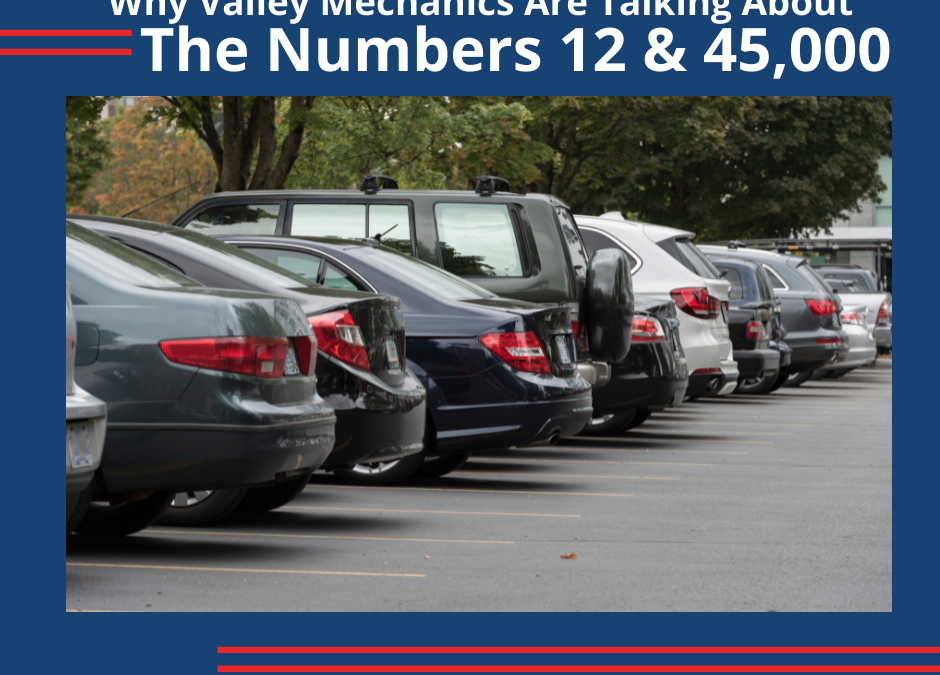We’ve all heard the talk about gas prices going up (again!). And especially with summer right around the corner and summer road trips a popular activity, it’s inevitable that we’ll be paying more at the pump than we would like to.
But, there is a light at the end of the tunnel (or, the end of the gas funnel, for that matter!). Here’s a couple of tips and suggestions to help keep your gas tank, and your wallet, as full as possible!
When you’re at the pump…
1) Check your owner’s manual for the most effective octane level for your car. Most of the time, using a gas that has higher octane than what the manufacturer recommends will actually give you no benefit whatsoever – and it will cost you more at the pump. Some cars do require premium fuel, so before you fill up, check your owner’s manual to find out if the higher priced gas is actually required or just recommended.
2) Shop around for the best gas price. Pay attention to gas prices while you’re out and about, and try to notice what areas in town have the cheapest gas. Also, specialized smart phone applications can help you find the cheapest gas close to you. And, many gas stations will advertise regular, weekly specials at their locations.
3) Consider using a credit card (or debit card) that offers cash back for gas purchases. Some even offer two to five percent rebates! (But we suggest reading the fine print first.) Also, some grocery stores will offer points toward discounted gas when you use their VIP card program.
When you’re on the road…
1) Start driving as soon as you start your car. Try to not sit in the car with the engine running, while you finish your phone call, find the song you want to listen to, etc. This will just waste the gas that’s in your tank. Also, most modern engines don’t need much time to warm up, and they actually warm up more quickly when the car is in motion and operating.
2) Don’t speed, because gas mileage rapidly decreases at speeds above sixty miles an hour. It’s been reported that every five mph you drive over 60 mph is like paying an additional 24 cents per gallon for gas.
3) Use overdrive gears and cruise control, if appropriate. They improve fuel economy during highway driving.
4) Use the air conditioner only when you absolutely need it, because air conditioning dramatically reduces fuel economy. Some car air conditioners have an “economy” setting which allows the circulation of un-chilled air, and many have a “maximum” or “recirculation” setting that reduce the amount of hot air from outside that must be chilled. Both settings can reduce air conditioning load and as a result, save gas.
5) Remove excess weight form your trunk and try to avoid packing items on top of your car. Extra pounds in the trunk and on top can reduce fuel economy from two to five percent.
NARPRO helps consumers find top, independent and honest auto repair shops and competent auto body shops near where they live, work and travel. Visit NARPRO.com to find Portland, OR auto repair shops or auto body shops.

Local Mechanics Offer Ways To Maximize Mileage During Holiday Travel
(PHOENIX)– Drivers in Phoenix are paying about $1.50 per gallon more than this time last year. Rising gas prices are...






